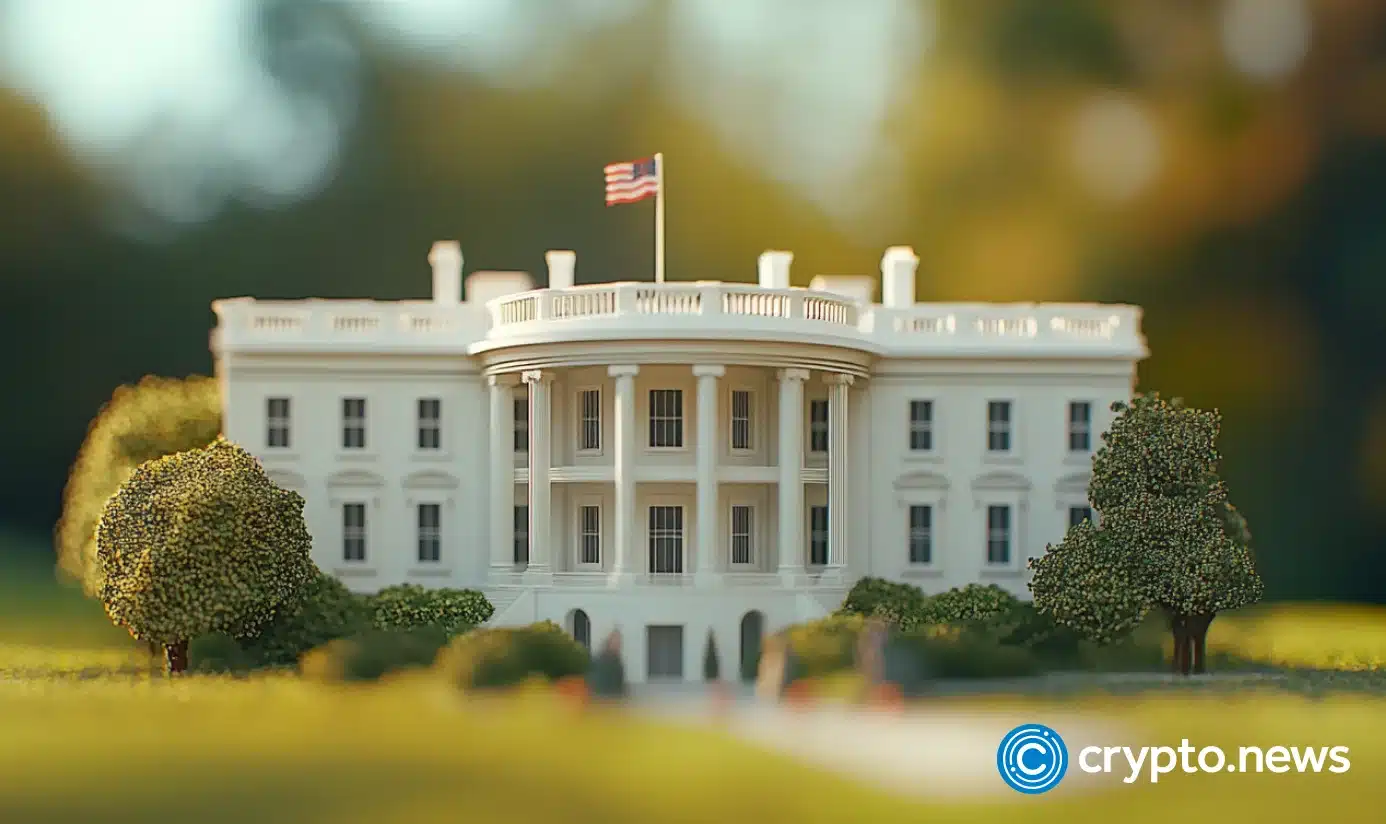White House Cashes In on Memecoins—SEC Too Busy Policing Paper Clips

Washington’s latest pivot? Turning meme-driven crypto chaos into a state-sponsored revenue stream. While retail traders get rekt, the feds quietly onboarded a Shiba Inu-themed treasury bond.
The regulatory playbook? Simple: Let Wall Street’s algo-trading desks front-run the pumps, then tax the aftermath. Meanwhile, Gary Gensler’s team hyperfocuses on chasing unregistered lemonade stands.
Funny how ‘national security concerns’ vanish when there’s a 69,420% APY to skim. Just don’t ask about the blockchain audit trails—those servers ‘accidentally’ fell off a truck.
Peirce compares meme coins to NFT market dynamics
In an interview with CNBC, Peirce compared the current meme coin situation to the 2021 non-fungible token (NFT) boom. She noted that while NFTs weren’t classified as securities, they still experienced major price fluctuations driven by market speculation. The commissioner suggested the SEC missed an opportunity to provide clearer public guidance during that period.
“Here was something where I saw a lot of interest in this out in the world — in meme coins — and it made sense for us to say, ‘People if you are expecting that there’s SEC protection around these, you should not expect that,’” Peirce said.
The commissioner emphasized that while virtually any asset can be structured as a securities transaction, investors should understand that meme coins operate outside traditional regulatory safeguards. Her message to market participants was clear: proceed with full awareness of the risks involved.
Since Trump’s inauguration, the SEC has adopted a different approach to cryptocurrency enforcement. The administration has moved away from the aggressive regulatory stance of the previous leadership.
Democratic lawmakers, including Senator Richard Blumenthal of Connecticut, have raised concerns about potential conflicts of interest that stemmed from the TRUMP family’s crypto holdings.
Peirce defended the agency’s changing approach and cited the absence of clear regulatory frameworks during earlier enforcement actions. “We didn’t have a clear set of rules,” she explained.

